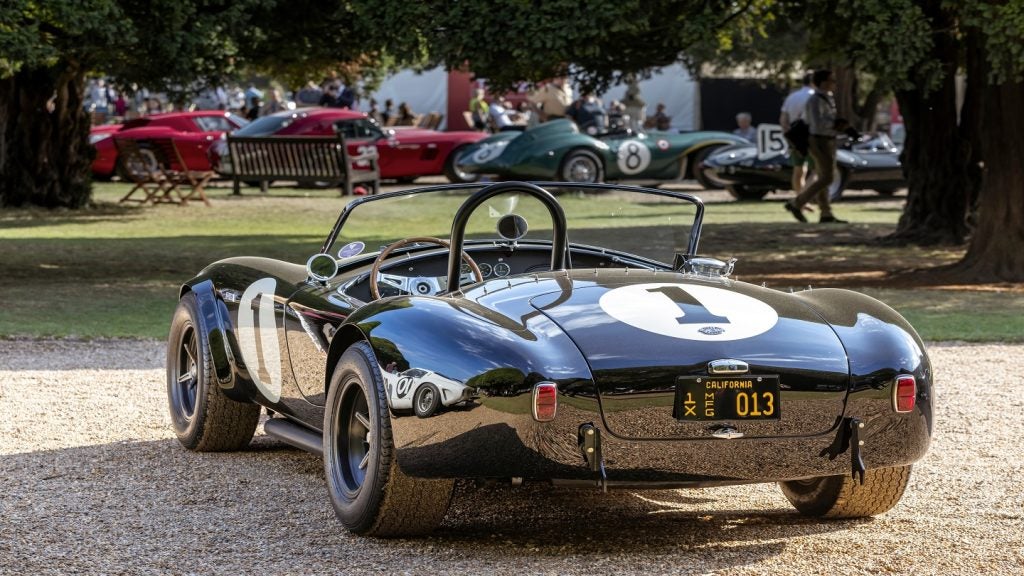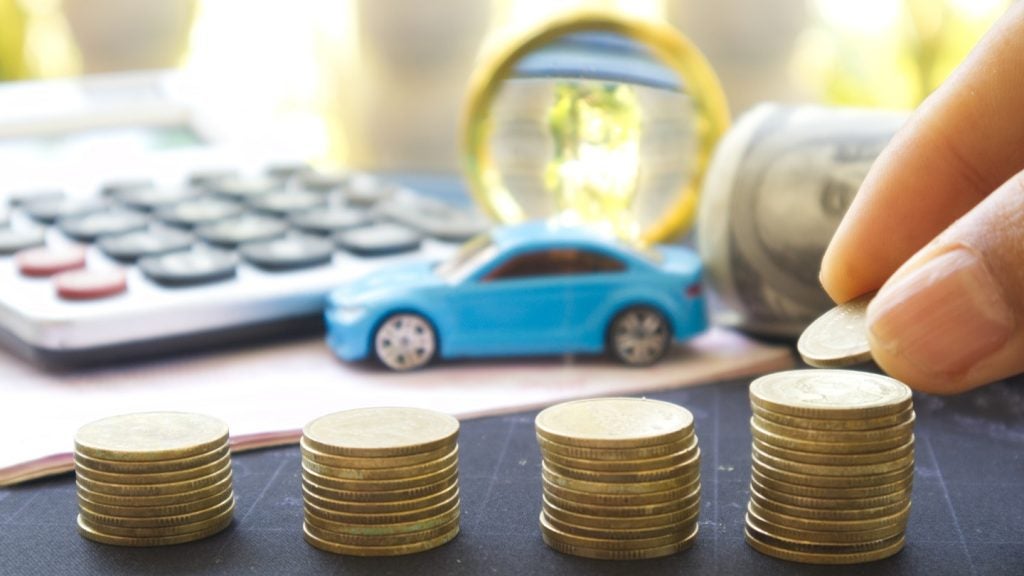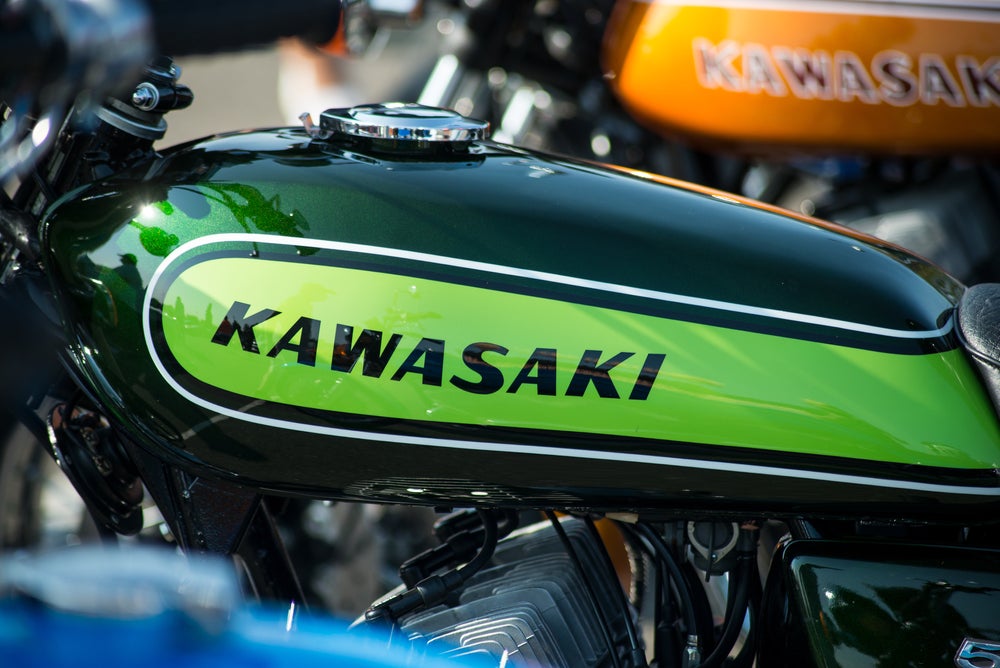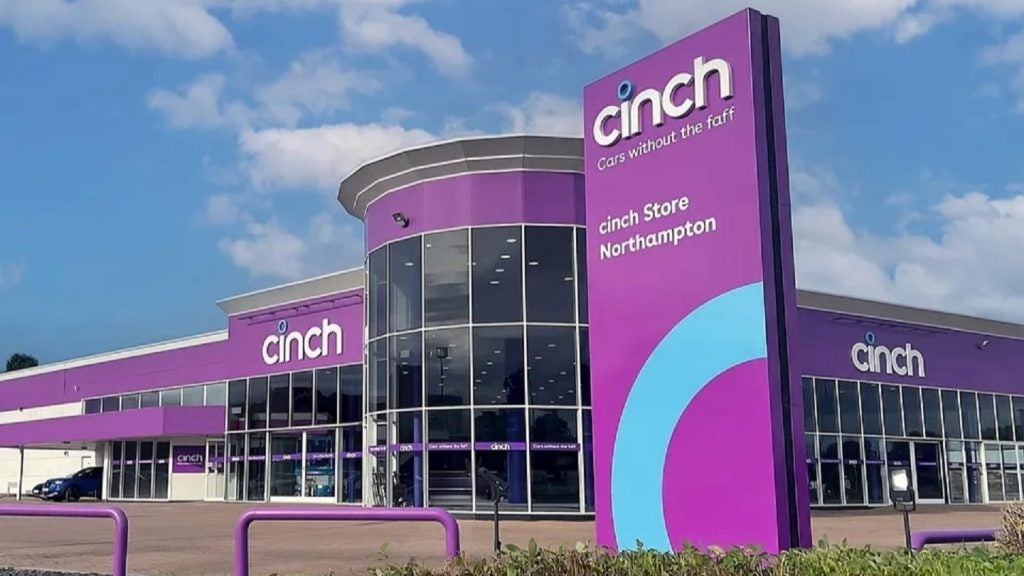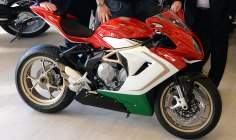
Demand from commuters is driving growth in the motorcycle finance market, where the growing maturity of personal contract purchase contributed to a healthy increase in sales last year. Paul Golden talks to leading industry figures about the trends and the market’s future.
Figures from the Motorcycle Industry Association (MCIA), which collates new registration data for the industry, show that more ‘commuter sized’ motorcycles and scooters were sold during 2015 than in any other year since comparative records began in 1983.
In excess of 43,700 new motorcycles (including scooters) between 101cc and 125cc were sold, and the MCIA referred to motorcycle dealers reporting an increase in families swapping a second car for a motorcycle.
Total registrations for bikes of all sizes rose by more than 12% to over 114,000, the highest annual total since 2008.
“The sector has experienced considerable growth over the last few years, with the majority of consumers accepting that financing the purchase of a bike is the most convenient and easy method,” says Paul Munns, vice-chair of the MCIA’s service providers special member group.
“As bike (and car) prices continue to increase, a monthly payment is the preferred choice for many,” he continues.
“Regulatory changes have also had a positive effect on the sector. The dealer network has embraced the guidelines surrounding treating customers fairly, and is far more proactive and knowledgeable in the promotion of point of sale finance products.”
How well do you really know your competitors?
Access the most comprehensive Company Profiles on the market, powered by GlobalData. Save hours of research. Gain competitive edge.

Thank you!
Your download email will arrive shortly
Not ready to buy yet? Download a free sample
We are confident about the unique quality of our Company Profiles. However, we want you to make the most beneficial decision for your business, so we offer a free sample that you can download by submitting the below form
By GlobalDataThe motorcycle finance sector has seen strong growth over the past four years and has been a key success factor in the increase in sales in the UK, with growth exceeding that of new bike sales, observes Dave Macey, market and franchise development manager at Black Horse Finance.
“Key to this growth have been FCA regulations, which have resulted in dealers explaining all products to customers in more detailed conversations about finance,” he explains.
“There has also been a big increase in the use of PCP. One of the main reasons for this is manufacturer activity promoting PCP with specific product brand names.”
Year-to-date growth is 5.8%, says Macey. “Key affordability messages from manufacturers, media and dealers have helped this continued growth, as well as the introduction of a number of new models.
“All sectors 125cc and above have seen continued growth – the best-selling motorcycle in the UK in 2015 was the Honda PCX-125, but the 600cc-plus sector has seen the greatest expansion with adventure, sports tourers and custom bikes seeing the highest growth.”
The motorcycle finance sector is in a very healthy condition, with the marketplace seeing some of the highest levels of competition and dealers opting for finance, agrees Close Brothers national sales manager Neil Richardson.
“With more dealers becoming FCA-authorised every day, there is now an increasingly diverse product base for customers who are in the market for a new or used motorcycle.”
Given that there has been further growth in new bike registrations this year, the economic situation can only be seen as positive as people are still choosing to finance new motorcycles, he adds.
Munns reckons it is too early to determine the impact of Brexit, adding that the dealer network continues to report good levels of consumer interest for both new and used machines.
However, Richardson warns that Brexit has had a discernible impact on the market, due in part to exchange rate fluctuations. “This means that many dealers have seen a rise in the costs of purchasing new bikes from the continent,” he says.
From a finance perspective, there has been a shift in consumer behaviour in relation to the ‘ownership’ of a motorcycle, says Munns.
“Recent feedback suggests that a ‘comfortable monthly payment’ is the main priority for purchasers. This has resulted in the average ownership term being reduced as the vast majority of consumers will consider a new bike (and new finance agreement) when possible.
“This results in a continuous loop, and will have a positive effect on used bike stock coming back into the dealer network as ownership cycles continue to reduce.”
Of course, the purchase of a motorcycle is not just about the machine. Safety equipment, bike accessories and rider training programmes are all factors that have to be taken into account, as well as the associated costs. Given this, some finance providers have developed an ‘accessory loan’ that can be used to help finance such purchases.
Close Brothers has partnered with Close Brothers Retail Finance to enable customers to finance bike accessories at the point of sale separate to the finance agreement, providing an additional service to customers and increasing dealer partners’ profitability.
PCP has resulted in many used motorcycle sales moving to new sales according to Steve Latham, head of the National Motorcycle Dealers Association.
“However, the interest rate cut has had negligible impact on the cost of finance since it has little relevance to the retail finance interest rate, which takes into account elements of risk,” he explains.
“Additionally, dealers do not buy the money for PCP at the same rate as the Bank of England does.”
Latham acknowledges that there was about a month of hesitation in the market post-Brexit, during which dealers recorded lower footfall in their showrooms, but says those who had decided to purchase a bike went ahead.
“It was probably those for whom the purchase was a discretionary decision who wanted to wait and see.”
According to Richardson, finance deals for the motorcycle industry are in their infancy and, as such, are not as innovative as the finance options available in other industries, such as in the car sector. “Nevertheless, what we have seen is that PCP has begun to make significant inroads in the motorbike dealer community, with a growing number of dealers offering this type of finance on bikes.”
He suggests the rise in PCP in the motorcycle sector is due in part to the increased popularity of offering PCP on cars, which has filtered through to motorcycle dealerships.
“However, its rise is mainly attributable to the increasing costs of motorcycles. Dealers now need to offer dynamic forms of finance, such as PCP, to customers to fund motorcycles which are costing five figures and above.”
For example, Close Brothers has seen a rise in the use of its used PCP product with large dealerships, for customers looking to purchase more expensive bikes such as Harley Davidson and Ducati. Bikes such as these are being increasingly purchased for lifestyle reasons, but the firm has seen a similar rise in the purchase of scooters for convenience – especially for people who travel around busy city centres.
“PCP can keep the monthly finance repayments low, compared to a traditional hire purchase product, making riding a bike much more of an attractive option to some customers,” continues Richardson, who suggests that this is something that will grow in popularity for both expensive and everyday bikes.
“We’ve seen some modest variations to list prices because most of the manufacturers don’t want to rattle the market and are absorbing price increases they would otherwise want to pass on to the purchaser to cover the cost of currency volatility,” adds Latham.
“I would expect manufacturers to link this additional cost to the technical price increase of moving to Euro 4-compliant machines in January.”
Part of the process of maximising finance opportunities through further developing close partnerships with dealers is ensuring that all customers have all options available to them fully explained including manufacturer partner offers, that finance examples are displayed where customers go – websites, showrooms – and that all customers are aware of what is available for them to fund their purchase, says Macey.
“With customers making increasing use of digital, we’re trying to make it as easy as possible for them to get the information they need to help them buy the bike of their choice,” he adds.
In order to encourage further market growth, the MCIA is running Get On, a free programme that enables individuals to experience riding a bike. The programme has been delivered through a series of roadshow events and marketed through social media.
“We are also addressing safety concerns about motorcycling through our collaboration with the National Police Chiefs’ Council to continue work on a policy document calling for a number of specific actions to improve safety for riders,” explains MCIA CEO, Steve Kenward.
“These include acceptance of the idea that motorcycles are to be encouraged as a transport choice. More motorcycles on the road will result in fewer casualties, which is the same argument used by the cycling lobby.”
Munns says he’s optimistic about the prospects for the market over the remainder of 2016 and into 2017.
“It is an exciting time to be a biker, as new machines, packed with new technology, become available. The choice of rider clothing and bike accessories is now enormous. Given this, it’s extremely important that we continue to develop a finance approach that makes it quick, easy and convenient for consumers to purchase bikes and accessories while providing a duty of care in treating customers fairly.”
The motorcycle industry is in the middle of a major regulatory change where all new bikes sold from 2017 must be Euro 4-compliant.
Euro 4 is the new emission standard that sets acceptable limits for exhaust emissions of new vehicles sold in the EU.
The legislation requires fewer toxins in the exhaust gas when the engine is running, and bikes will also have to pass an evaporative emissions test, run on-board self-diagnostic systems and come with a requirement for manufacturers to prove the bike will still pass the tests after a specified mileage.
Manufacturers have been working to the Euro 4 requirements and deadlines over the past few years, so while the impact of this change is yet to be determined, the industry has had time to prepare.
“Despite the new requirements not coming into effect until next year, we have seen manufacturers produce motorcycles which meet these requirements in 2016, which has obviously influenced the type of stock that many dealers now hold,” says Richardson.
“In 2017, customers will have more choice than ever on used motorcycles, due to a saturated market from 2016 stock. This means that, from next year, dealers and customers will profit from a plethora of finance deals available on many different used motorcycles.”
There has also been a trend in customers starting to purchase different types of vehicle, perhaps hinting at changing fashion and trends in the motorcycle market, he continues.
“Motorcycles such as adventure bikes, naked bikes and scooters have seen a noticeable rise in financing, with many people now wanting to opt for the lightweight and versatile vehicles, as opposed to traditional choppers or cruising motorcycles.”
The impact of environmental initiatives is one of the few disappointing areas for the motorcycle trade. In March 2015, it was announced that electric motorcycles and scooters would qualify for government subsidy under plans announced by the Office for Low Emission Vehicles.
Up to £7.5m was to be made available from summer 2015, capped at £1,500 per vehicle in an effort to make qualifying vehicles up to 20% cheaper. At the time there were hopes that the subsidy would give manufacturers who had already introduced electric models for sale in mainland Europe the confidence to launch in the UK.
However, the scheme has not been implemented and the government has not confirmed when it might be available.
“There needs to be more direction and guidance on this subsidy, as to my knowledge the stalling in implementing this policy has led to customers delaying purchases for motorcycles that are eligible for funding,” says Macey.
The impact on the electric powered two-wheeled market of the plug-in grant for electric vehicles will become clear once the grant has been announced and the public have had the chance to make buying decisions, adds Dave Luscombe, MCIA campaign manager for electric motorcycles.
“It’s likely to make electric vehicles much more affordable to many more people, unlike electric cars which have been something of a lifestyle choice,” he concludes.



